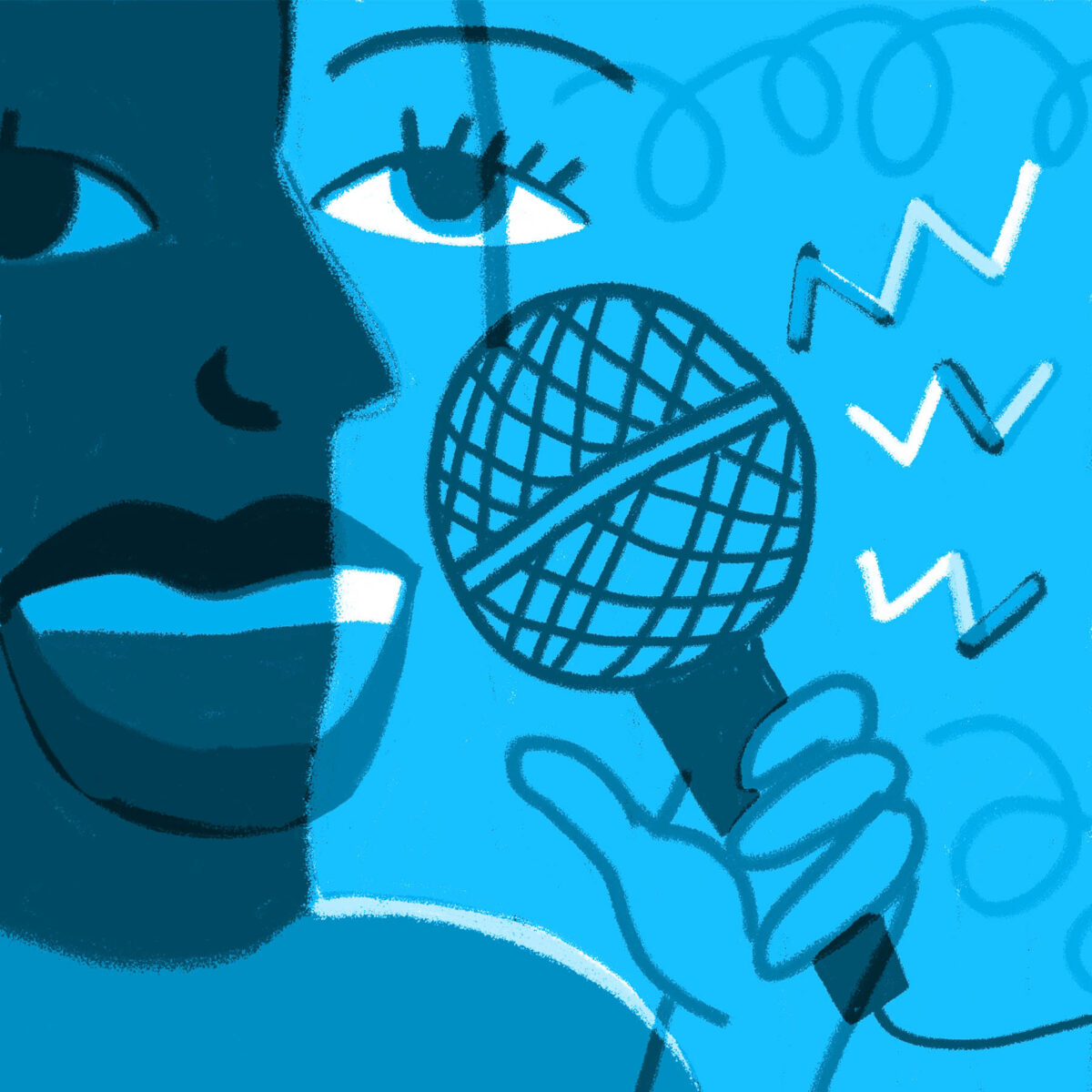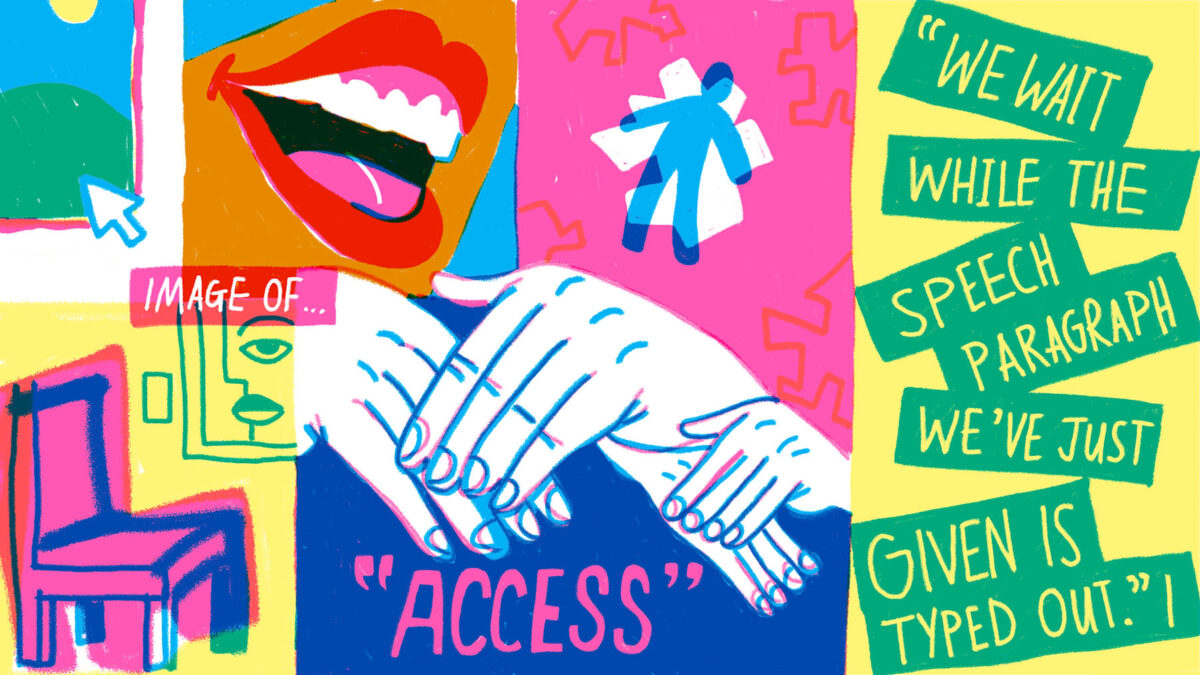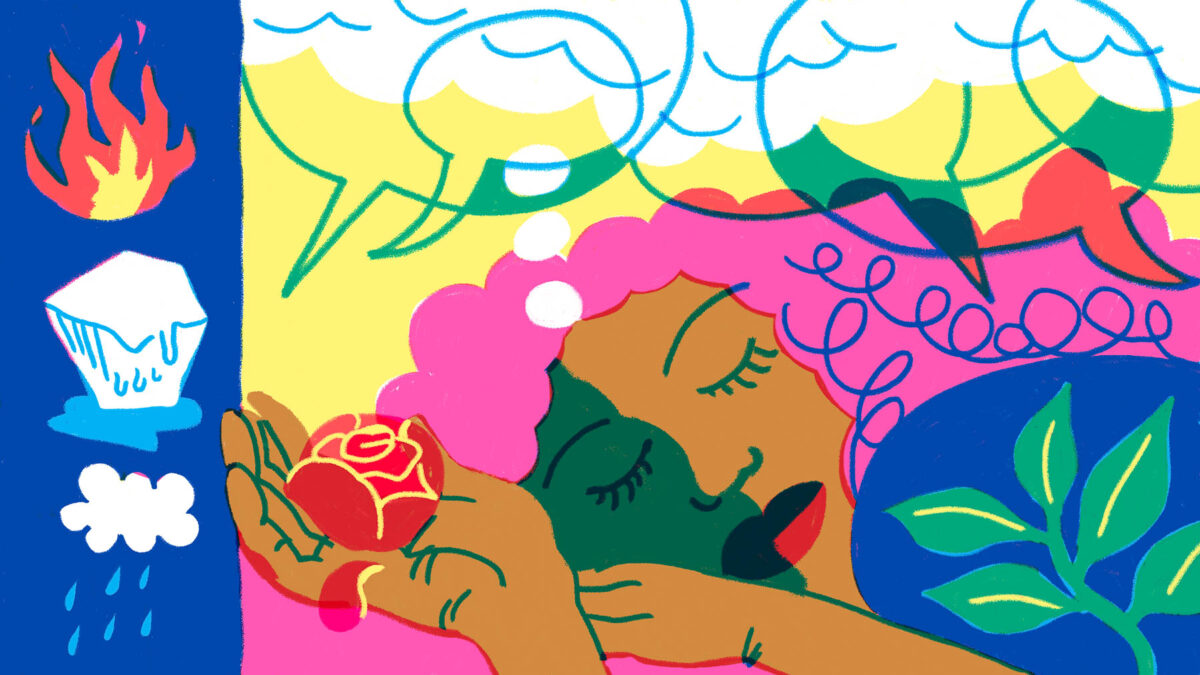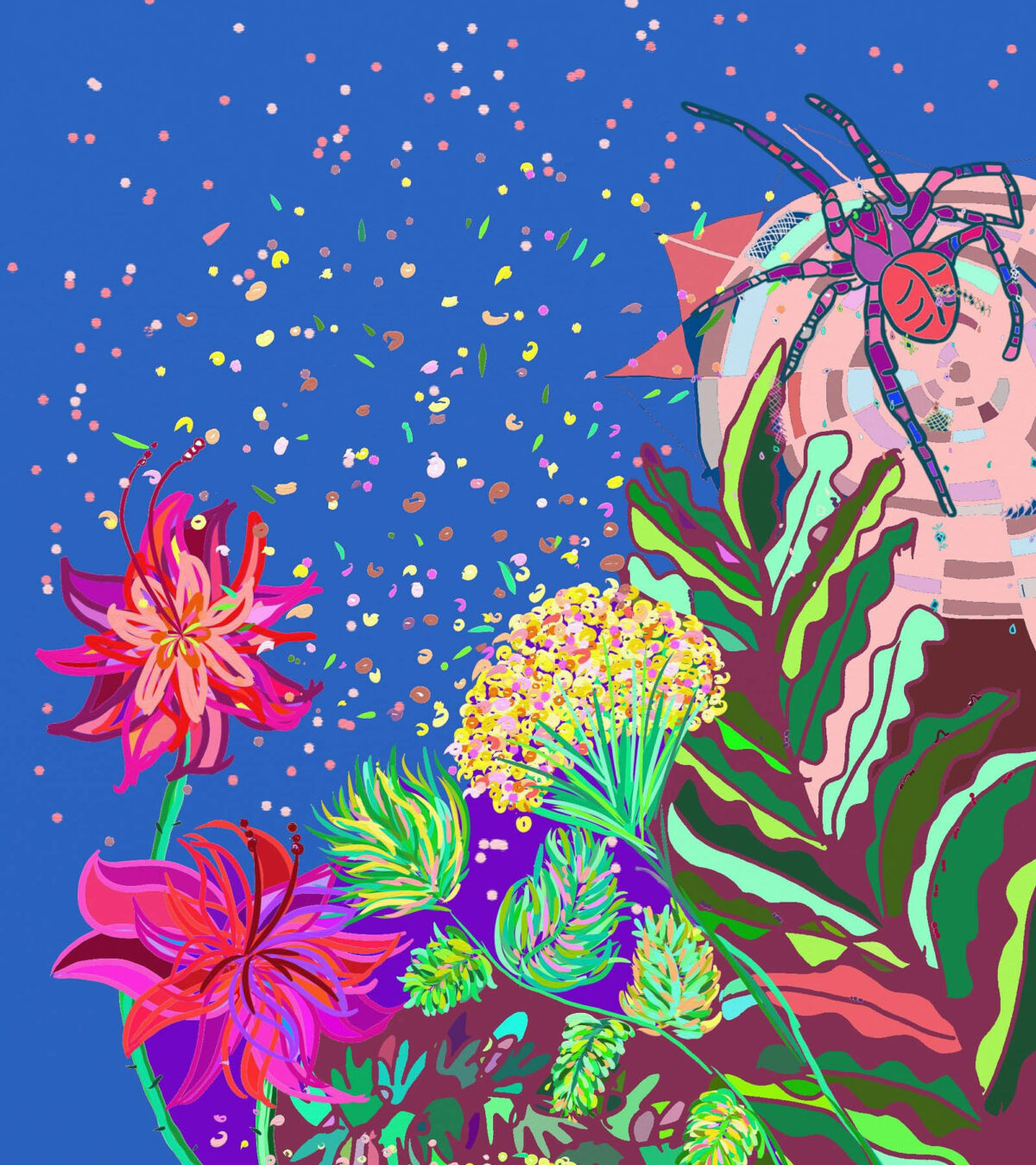This module explores disability and difference through multiple lenses, with a focus on disability arts and crip cultural practices.
What are Disability Arts?
It starts with love. For this planet and for each other. Access is love. Historically, Disability and Deafness are typically represented as a “problem” in need of a cure, rehabilitation, or charity. From the historic harms of Outsider Art to the lack of representation in museums today, the common cultural narrative is that disability is a personal failing. Disability Arts, however, tells stories of a different flavour.
Tangled Art + Disability, 2023
Disability Arts is a movement bringing together disabled artists, curators, and arts workers with the aim of promoting the recognition of disabled artists and to challenge ableism. Disability Arts artworks may directly address disability-related themes like access, impairment and mind-body difference, but this is not always the case (Brehme, 2020). Rooted in movements for disability rights and justice, Disability Arts are often activist arts that seek to “dismantle oppressive structures and systems,” as Jessica Watkin writes.
What are Crip Cultural Practices?
As Eliza Chandler and Megan Johnson explain in this module,
Crip cultural practices are cultural practices that are rooted in disability culture and the experience of disability. They centre disabled people, disability communities, and disability politics. These practices are typically accessible, creative, and often feature a “one-size-fits-one” approach. […] Crip cultural practices resist depoliticized notions of “access” and “inclusion” which tolerate disability and difference and seek to assimilate disabled people into normative culture, but do so without enacting meaningful structural change. Crip cultural practices recognize the need to disrupt a normative culture that prioritizes individualism, efficiency, and profit; they welcome the ways that disability can intervene in those systems.
Throughout the module, disability arts and crip cultural practices inform and animate the content, revealing how disability and difference are vital and foundational to life. Each section includes reflection questions and activities that can be used by individual learners and in classrooms.
The module begins with an introductory section that presents contrasting ways of Understanding Disability and Difference, from the moral and medical models of disability that have contributed to the oppression of disabled people, to liberatory ways of thinking about disability that have been developed by disabled people.
The next section, Accessible Arts with Crip Cultural Practices, presents a deep dive into what crip cultural practices are, and how they underpin movements toward access in the arts and culture sectors. The section presents discussions of key concepts including access frameworks, misfitting, and crip wisdom.
In the following section, Dr. Jessica Watkin presents an instructor’s guide to Teaching with Disability Arts, with lessons focusing on feminism and disability, embodiment, and the climate crisis.
Finally, a section on Relaxed Performance introduces a radical arts intervention initially developed for the world of theatre and performance, but which offers generative ideas for access praxis in other cultural spaces, including in the area of teaching and learning.
Module Sections
An illustration by Josephine Guan of a person with tan, dark green and bright pink skin, blue eyelashes, and long yellow and orange curly hair. The person speaks into a microphone while a hand holds a magnifying glass up to their ear, examining them.









